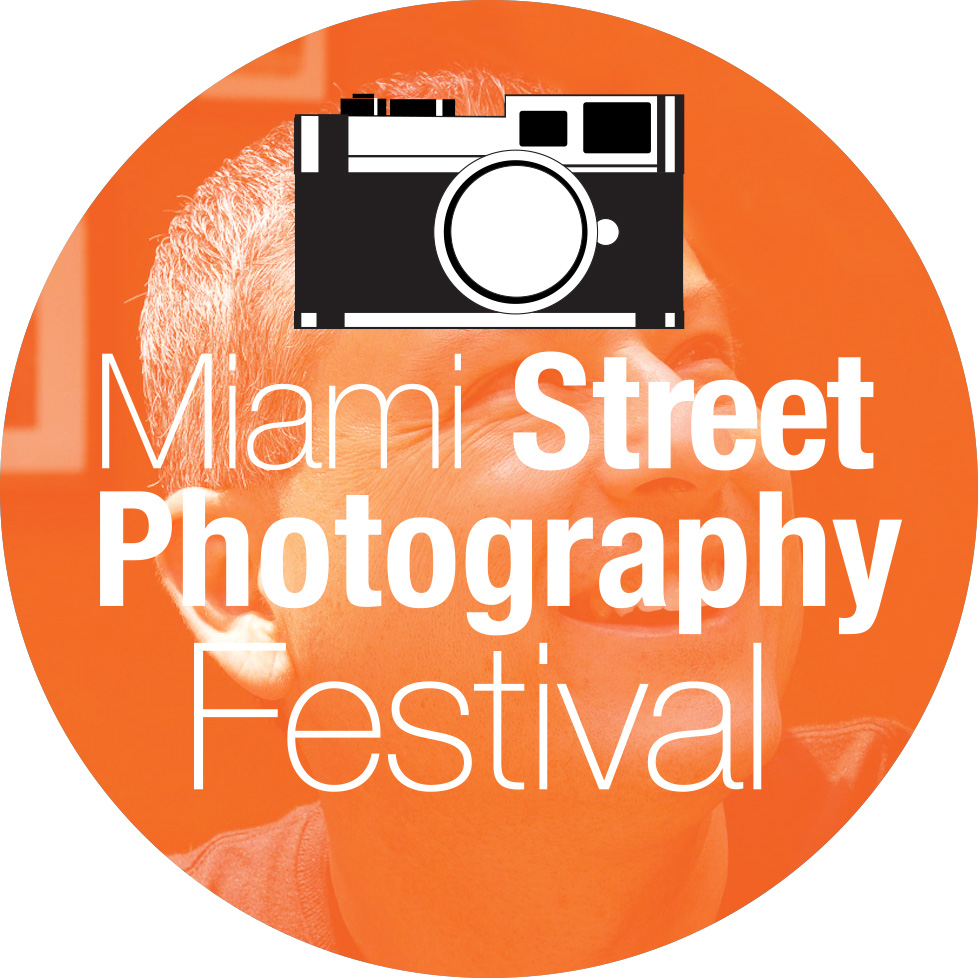The Miami Street Photography Festival is only in its fourth year and it’s already one of the top street photography events in the world. We sat down with festival founder Juan Jose Reyes and talked about how it all started and what makes this year’s festival the best yet. Hit the jump to read the interview!
Juan Jose Reyes On The Miami Street Photography Festival
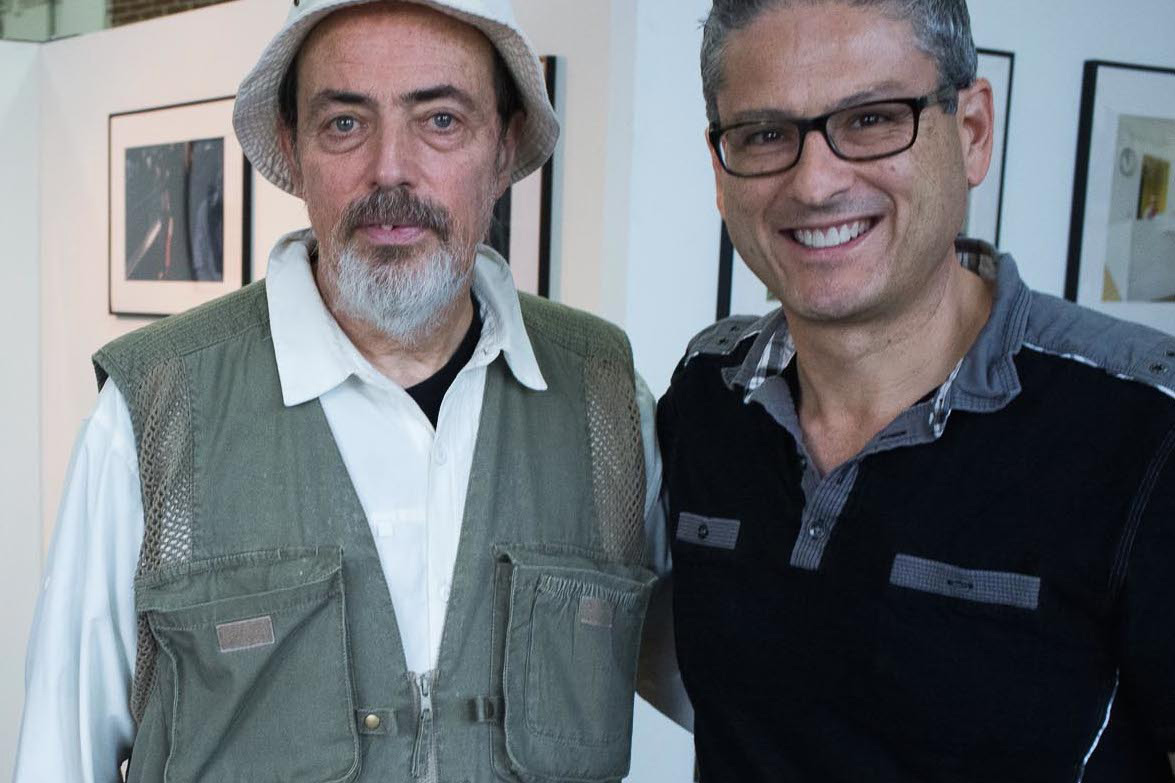
StreetShootr: Hi Juan, tell us a little bit about yourself and your relationship to the Miami Street Photography Festival?
Juan Jose Reyes: My name is Juan Jose Reyes, and first of all, thank you for the interview. Thank you for the interest in our event. I like the work you’re doing as well for street photography. And for photography in general.
I started the Miami Street Photography Festival in 2012 and I’m currently the Executive Director of the festival. That’s my role in the festival.
I’ve been shooting photography for a while but my interest in street photography started in 2008 or 2009 when I did a workshop with Alex Webb. I felt it resonated with me a lot so when I came back to Miami I wanted to focus on street. But I couldn’t find a good community of street photographers at that time so I started a street photography club.
People started signing up and showing up and it was just incredible to see the interest that other people had in street photography. So we kept meeting and learning and shooting and critiquing and I thought there was a need for some kind of event about street photography. And that’s how the idea of the festival came up.
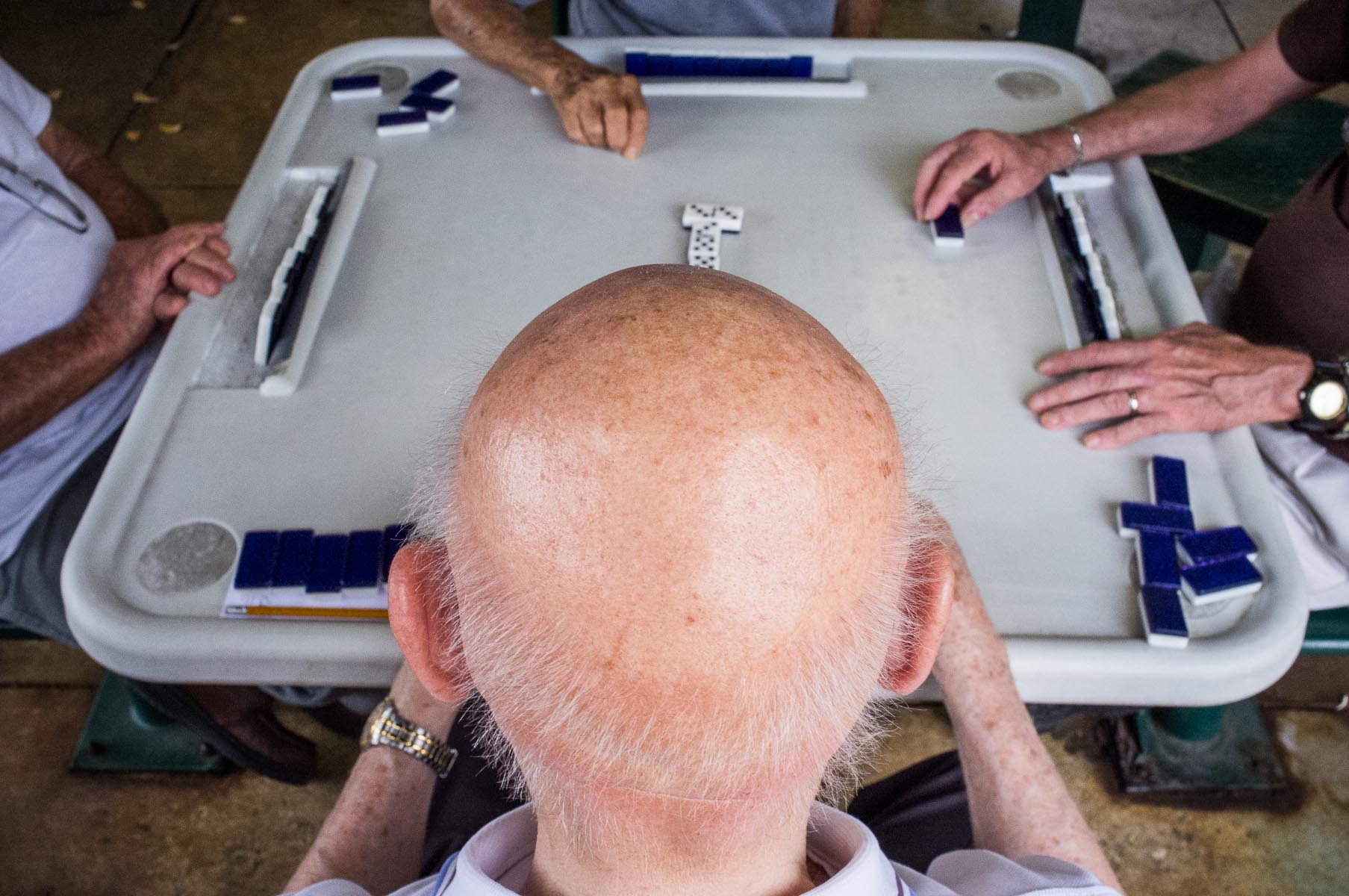
SS: You said you took a workshop with Alex Webb. Did that influence your decision to become a street photographer? Or was it a more of an organic process?
JJR: I think it was a process of myself evolving not just as a photographer but also a person. I was taking pictures of a lot of different things but I really wanted to take pictures of people and learn how to connect with people in that way.
I took a workshop with Jay Maisel in New York. His workshops aren’t really about street photography but concentrate on taking pictures of people. And finding really great themes with light, color and gesture. Always go for the gesture. That’s when I learned the importance of gesture with people and situations.
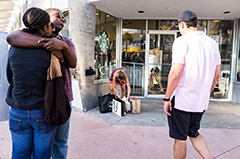
So I started learning how to connect with people when taking photographs and was getting more comfortable shooting strangers. And then I did the Alex Webb and I think what really drew me to street photography is that it’s about paying attention to what’s happening right now. And I like that idea even as a life lesson. Just pay attention to what’s happening right now. Street photography to me is about paying attention. Because we can walk on a busy street and think nothing is happening. But that’s only because our mind is somewhere else instead of paying attention to what’s there for us to grab.
But it’s more than just looking around. It’s a really kind of like paying attention, focussing, waiting and just allowing things to happen. And having the patience to wait for them to happen.
SS: You’ve been running the festival since 2012, this is the 4th year. Are you still able to get out and shoot now that you’re doing so much with the festival? How has running the festival has affected your own photography?
JJR: I definitely have less time to shoot. I think that the meetings through the club are less frequent now. But I find that they’re still very useful. So we meet and talk about photography and sometimes go out and shoot. We’re actually meeting this weekend for that purpose.
But there’s definitely less time for my own shooting. And the worst part is I can’t enter my own festival’s contest! [Laughs]
SS: I think we all dedicate a lot of time to shooting when we first start out. It starts as a thing you do instead of anything else. But as time goes on, shooting just sort of becomes part of what street photographers do. It becomes a companion to their life rather than a specific activity.
JJR: One of the lessons from the Jay Maisel works was to always carry your camera. Don’t go anywhere without your camera so then you don’t have the pressure of going out to shoot. If you always carry your camera no matter where you go – the store, work or whatever, then when you see things you’re able to just capture it. So you don’t have the schedule of shooting but you’re always paying attention and looking for your shots.
I guess I can say I always carry a camera because I always have my phone. And now with the Galaxy S6 the camera is phenomenal and there’s almost no shutter lag. I really like it and I’ve been shooting a lot with my phone. But whatever camera you use, it’s about always being aware of what the street can provide.
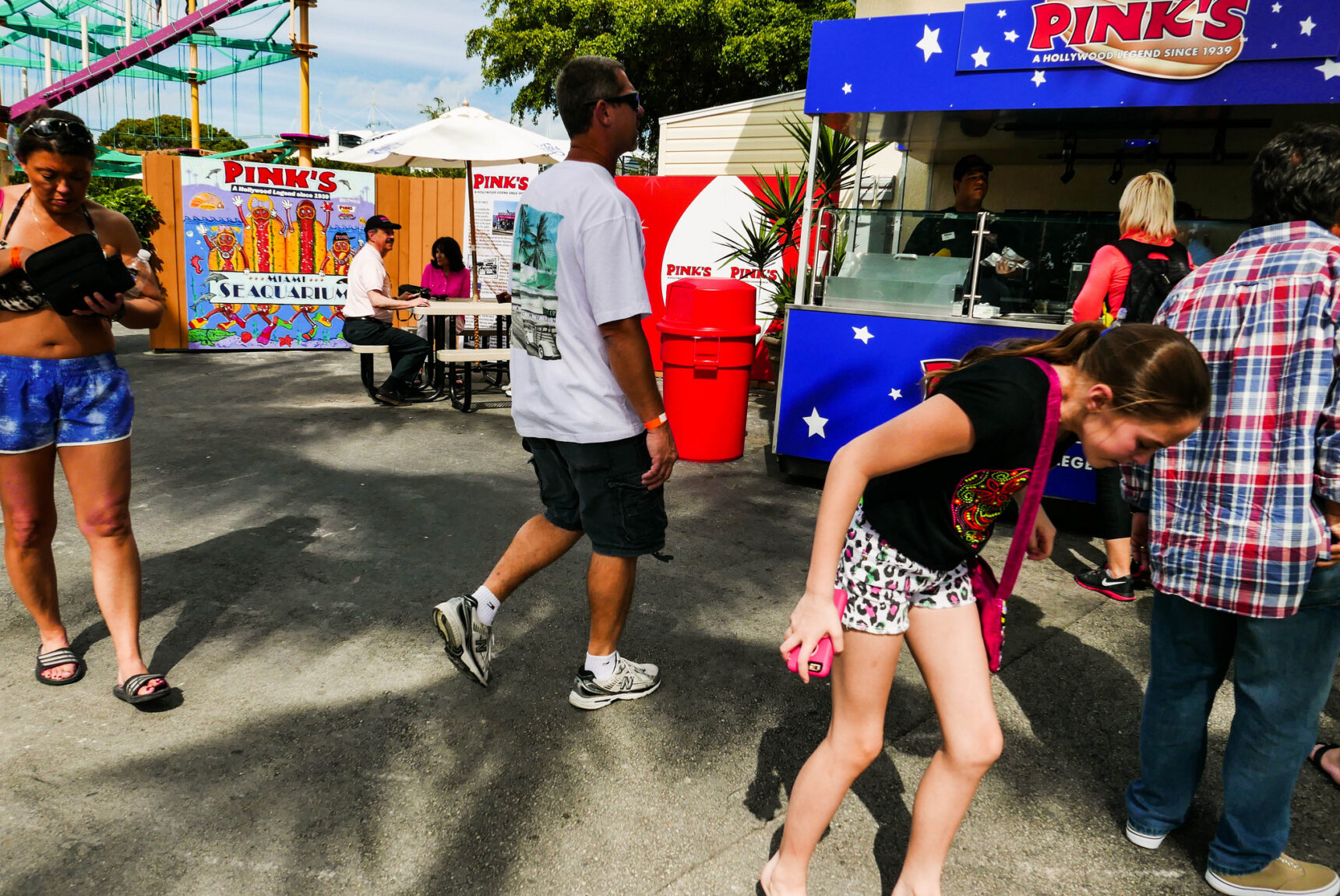
SS: Let’s talk about the festival for a bit. What’s different about this year’s Miami Street Photography Festival? What’s new?
JJR: I think the biggest thing about this year’s festival is that we’ve finally found a place where the festival can really grow to it’s full potential. It’s always been a challenge to find a location to host the festival because we are running during Art Basel week here in Miami. It’s the most important art fair in the country and second only to the one in Switzerland. So it’s a great time to be here for art but the rent is extremely high during this time and it’s been difficult to find a place where we can host the workshops, lectures, portfolio reviews, and panel discussions.
But this year we’re partnering with HistoryMiami which is developing a new center for photography. They have beautiful facilities in a building that was formerly the Miami Art Museum. and we have a beautiful gallery and great areas for socializing. The same location has facilities for the workshops and an auditorium that is finally a real auditorium for the lectures. So I think that will allow the festival to really grown and become an even more impressive event.
SS: You said this is happening in conjunction with Art Basel. Some people may not be aware of exactly how important that is. Can you describe why having street photography as a part of Art Basel is so important?
JJR: Art Basel is a world-wide art event where thousands of artists, galleries, gallery owners, collectors and all kinds of art lovers meet in MIami. It’s a huge week long event and there are hundreds of galleries from all over the world at the main event at the convention center. Plus they have the satellite art fairs that happen in the Miami Wynwood area.
The satellite events were mostly related to painting and sculpture but photography was not really strongly represented. So that was one of the main reasons I wanted to have the festival during this week. I wanted to make sure photography was represented as well. It’s also a great time of the year to be in Miami with all the other cultural events that are happening during that week. It seemed like the perfect time to have the festival.
SS: Has the schedule for this year’s workshops been finalized?
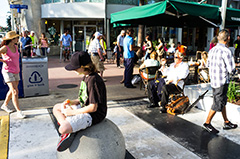
JJR: It’s almost finalized at this point. We’ve confirmed the David Alan Harvey workshop that will be 6 fulls days of shooting, editing and critique. And his photos are top of the line so we’re really happy with that. Maggie Steber will also be doing a nighttime street shooting workshop as part of the Leica Akademie.
We’re actually partnering with Magnum Photos for our workshops this year and there are one or two others that haven’t been finalized yet but we’re working on it. I can’t give out any details just yet but it’s going to be good!
SS: What about lectures?
JJR: Yes. Both Bruce Davidson and David Alan Harvey will be doing a lecture, book signing and question and answer session. Also we’ll have Peter Turnley who is a photojournalist and does great work in Cuba. He’ll be talking about his work and signing books.
But another important thing is that we really try to highlight the work of street collectives at the festival. I think street collectives are the ones who are really developing contemporary street photography. They’re out there shooting and really defining the genre in a way that 50 years from now people are going to look back and appreciate. Just like we look now at the masters from the past.
So I think it’s important to show their work. So we’re going to have 2 collectives this year and their work will be shown in the gallery as well as the contest finalists.
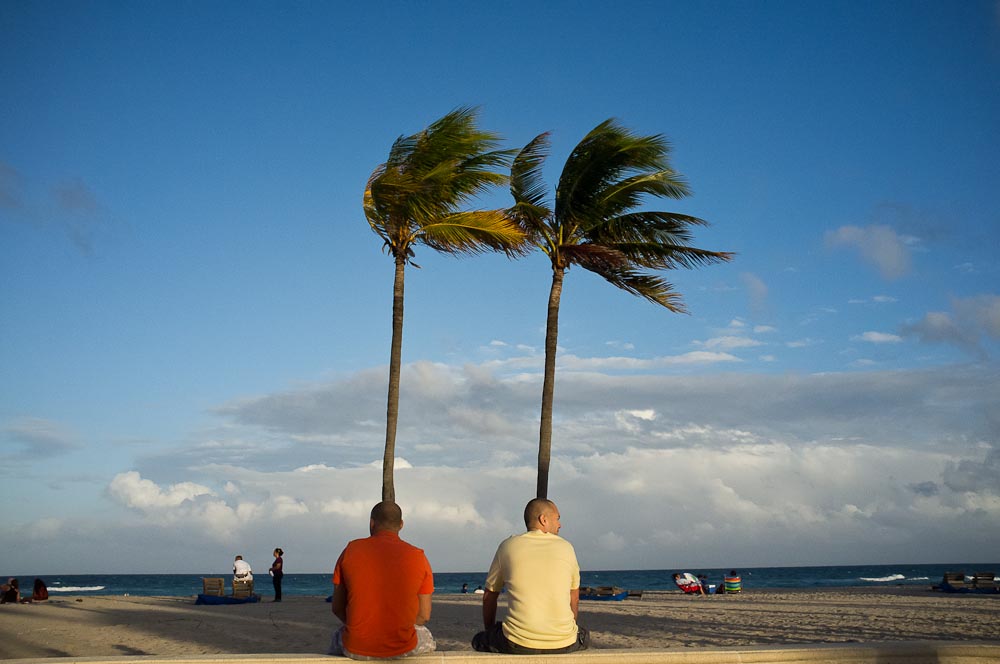
SS: Last year’s featured collective was Observe. How did you decide on the collectives for this year?
JJR: It’s always very difficult to pick one, you know? Because they all do great work. I gravitate towards the people that are really being active and are showing a lot of work.
In the past we’ve had iN-Public, Street Gang and Observe and they all do really excellent work. But this year we’re featuring two collectives – The Street Collective and Spontanea. Both of these groups are doing great work and I think they’ll add a lot to the festival.
SS: The MSPF street photography contest is one of the most well respected anywhere. But any contest is only as good as its judges. How much input do the featured collectives have in the judging process? And who makes the final decision on the winners?
JJR: We always have a two tiered approach to judging. We have all the submissions reviewed by members of the street collectives because I think they understand good street photography. They have the eye that I trust will select the best from the submissions.
This year we have Mary Cimetta, Umberto Verdoliva, and Stefano Mirabella from Spontanea. And Dmitry Stepanenko and Vineet Vhora from The Street Collective. Those are the judges that will select the finalist that will go into the main exhibition during the festival.
Then all of the featured speakers will do the final judging. This year Bruce Davidson, David Alan Harvey, Peter Turnley and Maggie Steber will select the three winners.
A street photography contest should be judged by street photographers. By using the two tier system we really offer something that no one else can match. I think our judges are the most qualified in the world to select the best of street photography. I think that’s what gives our contest the integrity it has.
SS: Where is the finalist show happening this year?
JJR: The finalist show is different this year because of the partnership we have with HistoryMiami and the center for photography. Last year the finalists were only on exhibit for 3 or 4 days during the festival. But this year all the finalists are going to be on display in a state of the art gallery space at the center for photography for 2 full months.
It’s a very active period of time for the arts so lots of people are going to see the work.
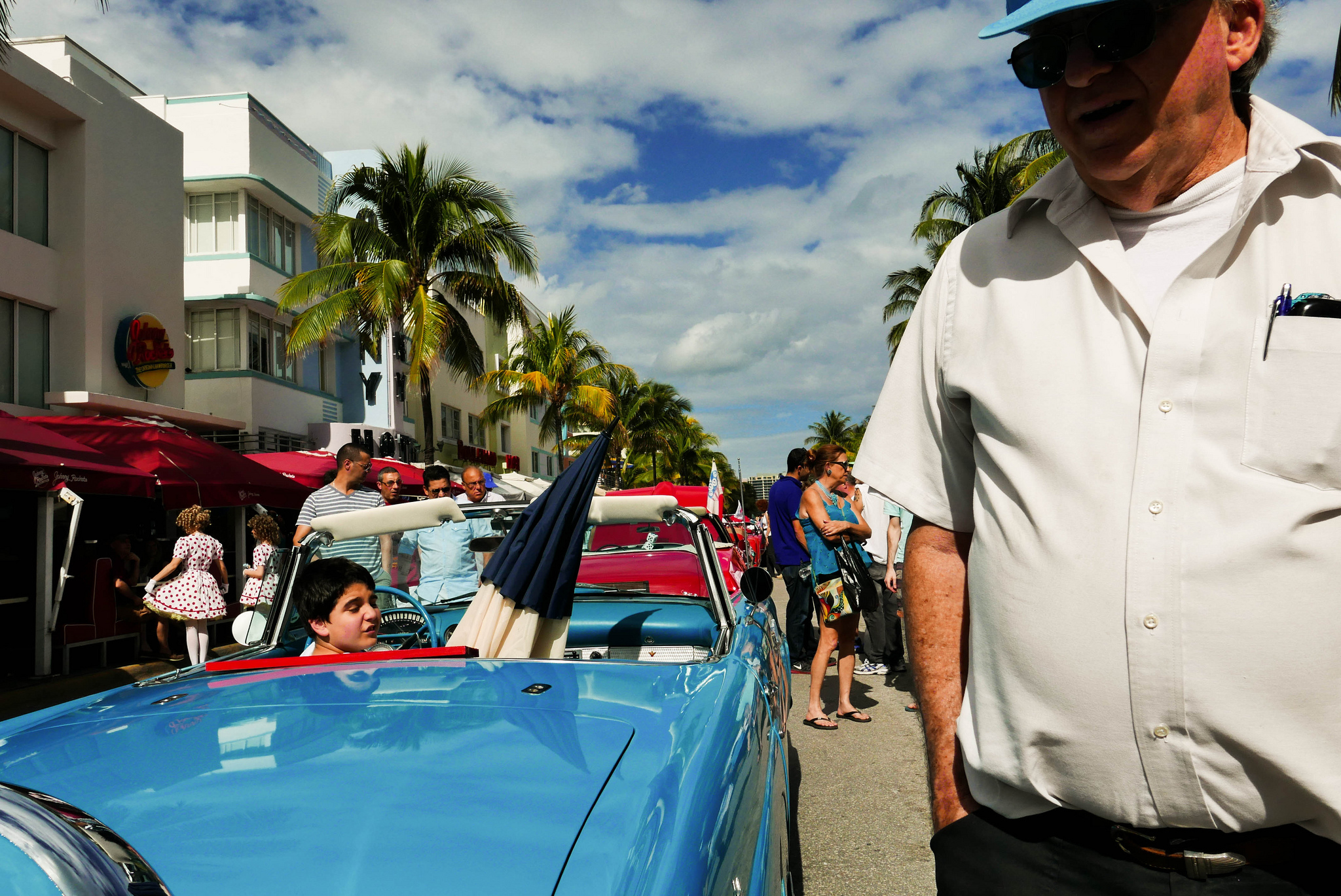
SS: How have you seen the entries in the contest change over the past 4 years? Have you seen an evolution of style?
JJR: From looking at the finalists I think maybe it’s evolved a little bit. But I think it’s more of a subtle change. Like refinement rather than a completely different look. What I really see is that people are shooting more and more and the quality of work is going up every year. And that’s why I’m so proud of our judges who can really pick the best street photography. It’s important we highlight the best work.
SS: If someone wanted to attend the festival what should they consider in terms of travel plans?
JJR: I think it’s important to make your plans in advance because that particular week is a busy time in Miami. The event is in the Wynwood/Downtown area in Miami where all the satellite art events are taking place. It’s a good area to be in and there are a lot of different options for places to stay. I’ve heard a lot of people are using AirBnB this year as well.
SS: What’s the public transit like in Miami? Can you get around or do you really need to rent a car?
JJR: There is no public transit in Miami. That’s how good the public transit is! [Laughs] But seriously, it’s not like other cities. If you’re just staying downtown they do have a nice Metro Mover system that’s actually reliable and good. But that’s just to move around downtown and doesn’t go to Wynwood area where all the activities are. But to go out to different areas like Miami Beach, or South Beach you’re going to need a car. Lots of people are using Uber to get around and there are plenty of cabs if you need them.
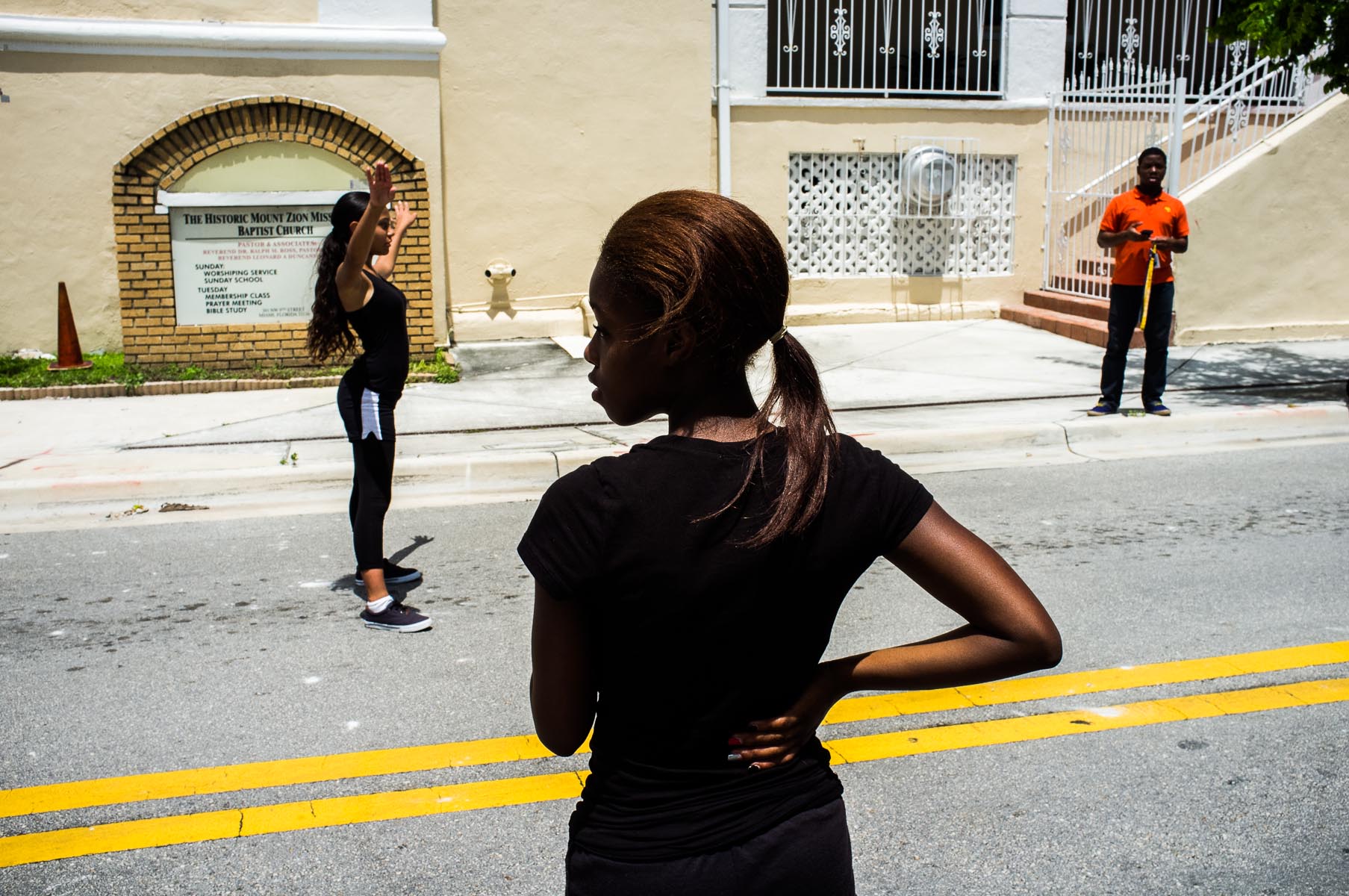
SS: One last question then. What’s the one thing that someone should take away from the festival? Is there a simple message?
JJR: Well, the purpose of the festival is to give emerging photographers the opportunity to showcase their work on an international stage. And also have a platform where people can learn about street photography. Street photography is often misunderstood by the public and even the art world so it’s important for people to learn about street photography and to see the best quality street photography at the same time. People should know that street photography is not just photography on the street.
SS: It’s not just pictures of people walking.
JJR: Right.
SS: What a pleasure talking to you today, thanks so much!
JJR: Thanks Karl, it was great talking to you too!
Miami Street Photography Festival.
Out For A Walk – A Street Photography Blog.
Juan Jose Reyes On Flickr.
The Street Collective.
Spontanea.
StreetShootr’s Take
The Miami Street Photography Festival is only 4 years old and it’s already established itself as one of the best street photography events on the planet. This year’s festival looks like another tremendous success with a first rate list of speakers and some exciting workshops to hone your skills as a street shooter.
Take a look at some of Juan’s images and you’ll see he’s a street photographer first and its this passion that drives him to make the Miami Street Photography Festival the best it can be. It’s not often you find someone willing to give so much of themselves to promote our elusive art and we’re lucky he’s on the job.
From the speakers and workshops to quality of the entries in the photo contest. The Miami Street Photography Festival is a top of the line event in every way. Plus it’s happening in Miami which is sunny and delightful in December…
Sign me up!
What’s your take on Juan Jose Reyes and the Miami Street Photography Festival? Are you attending this year’s event? Entering the 2015 MSPF street photography contest? Post your ideas in the comments below and keep the conversation going!

